Product pictures
| Amount Per 1 muffin | |||
| Calories | 140 Kcal (586 kJ) | ||
| Calories from fat | 13.5 Kcal | ||
| % Daily Value* | |||
| Total Fat | 1.5g | 2% | |
|---|---|---|---|
| Sodium | 280mg | 12% | |
| Total Carbs | 28g | 9% | |
| Sugars | 2g | 8% | |
| Dietary Fiber | 1g | 4% | |
| Protein | 5g | 10% | |
| Iron | 1.5mg | 8% | |
| Calcium | 80mg | 8% | |
* Percent Daily Values are based on a 2000 calorie diet. Your daily values may be higher or lower depending on your calorie needs.
Find out how many calories should you eat.
Ingredients And Nutrition Overview
Best
choice Good
choice Poor
choice Avoid
it!
choice Good
choice Poor
choice Avoid
it!
-
WeightWatchers Points: 2.7, PointsPlus: 4, SmartPoints: 4
WeightWatchers Points are estimated by carbohydrates, fats, protein and fiber in product. They are not an affirmation of better quality or nutritional value of the product or its manufacturer. Only way to count for dieters. Less points are better.
Read more at Weight watchers diet review -
Salty! Has over 12% of the daily sodium max
The average American consumes 5,000 mg of sodium daily — twice the recommended amount amount of 2400mg for healthy adults, this is 1 teaspoon of salt.
For medical reasons many people should not exceed 1500mg of sodium.
Surprisingly, you're responsible for only 15% of the sodium in your diet the bigger part - 75% of the sodium that you consume each day comes from processed foods, not home cooking or the salt shaker.
Excess sodium intake increases the risk of high blood pressure, hypernatremia, hypertension, cardiovascular disease and other heart problems.
Are these reasons enough to cut the sodium intake? No doubt! -
Convert Salt tsps to Sodium mg easily
Salt (NaCl) is not excactly sodium (Na).
It is not right to use these terms as synonyms.
The FDA recommended limit of sodium is 2,300 mg per day (or even less - about 1500 mg while one is on low sodium diets).
This is much less than the weight of salt.
(5,750 mg per day or 3,750 mg for low sodium diet) and not so convenient to calculate.
Know how much sodium is in your salt - without a calculator:
1/4 tsp salt = 600 mg sodium
1/2 tsp salt = 1200 mg sodium
3/4 tsp salt = 1800 mg sodium
1 tsp salt = 2300 mg sodium -
Great! Contains less than 1.5 tsp of sugar.
Great! Contains less than 1.5 tsp of sugar per serving!
-
A good source of protein
For many vegans and vegetarians, it's important to get enough protein.
The product you've just scanned will provide you with 10% or more of your daily protein requirement.
If you're a vegan having trouble meeting your protein needs, try nuts and beans.
Sprinkling nuts onto any dish is a quick, easy and nutritious solution.
Try adding beans in places you might not normally eat them.
Add beans to pasta dishes, stir fries and even salads.
While meat alternatives like Tofu do provide a quick and easy protein intake, they should not be your only source of protein.
Eat proteins from a variety of sources for best results. -
Contains phosphoric acid
Phosphoric acid is used as an additive to acidify foods and beverages such as various colas and jams.
It provides them a tangy or sour taste and then, to mask and balance the acidity they add a huge amounts of sweeteners.
Remember! It’s a corrosive acid and can form toxic fumes when it comes into contact with alcohols, ketones and other organic compounds.
Phosphoric acid has been linked to lower bone density, dental erosion, risk of developing kidney disease.
BTW: The clear sodas that contained citric acid didn’t have the same risk.
Sources:
American Journal of Clinical Nutrition: Colas, But Not Other Carbonated Beverages, Are Associated With Low Bone Mineral Density in Older Women: The Framingham Osteoporosis Study
American Journal of Clinical Nutrition: Carbonated Beverages and Urinary Calcium Excretion
Epidemiology: Carbonated Beverages and Chronic Kidney Disease
General Dentistry: Commercial Soft Drinks: pH and in Vitro Dissolution Of Enamel
Archives of Pediatric and Adolescent Medicine: Teenaged Girls, Carbonated Beverage Consumption, and Bone Fractures
Phosphoric acid has been linked to lower bone density in some epidemiological studies, including a discussion in the American Journal of Clinical Nutrition.
Allergens
Gluten Allergy, Wheat Allergy, Corn Allergy, Soy Allergy, Lactose Allergy, Milk Allergy
Muffins english Ingredients
Enriched Flour (Wheat Flour, Malted Barley Flour, Niacin, Iron, Thiamin Mononitrate (Vitamin B1), Riboflavin (Vitamin B2), Folic Acid), Water, High Fructose Corn Syrup. Contains 2% Or Less of Each of The Following: Yeast, Salt, Yellow Corn Meal, Soy Flour, Wheat Gluten, Potato Flour, Buttermilk Solids, Whey, Lactic Acid, Phosphoric Acid, Acetic Acid, Soybean and/Or Cottonseed Oil, Leavening (Sodium Acid Pyrophosphate, Baking Soda), Yeast Nutrients (Monocalcium Phosphate, Calcium Sulfate), Sodium Stearoyl Lactylate, Calcium Propionate (Preservative), Cornstarch, Soy Lecithin.
You Might Also Like
% RDI of Main Nutrition Facts
7%
of RDI* (140 calories) 0 g
-
Cal: 7 %
-
Fat: 2.3 %
-
Carb: 9.3 %
-
Prot: 10 %
-
0%25%75%RDI norm*
Calories Breakdown
- Carbs (74.7%)
- Fat (12%)
- Protein (13.3%)
Get Your Recipe of Health!
Follow RecipeOfHealth on Facebook!

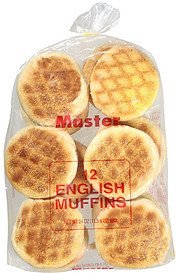
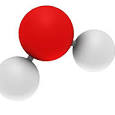
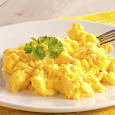

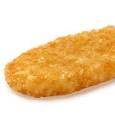
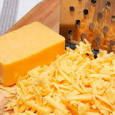
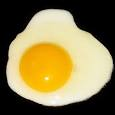
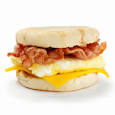
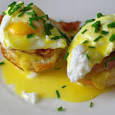
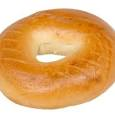
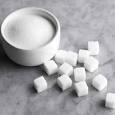
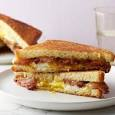

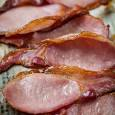
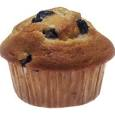

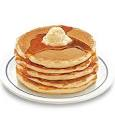
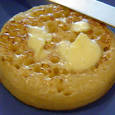
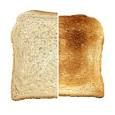
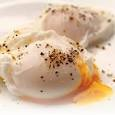
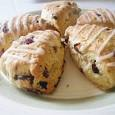









Add your comment